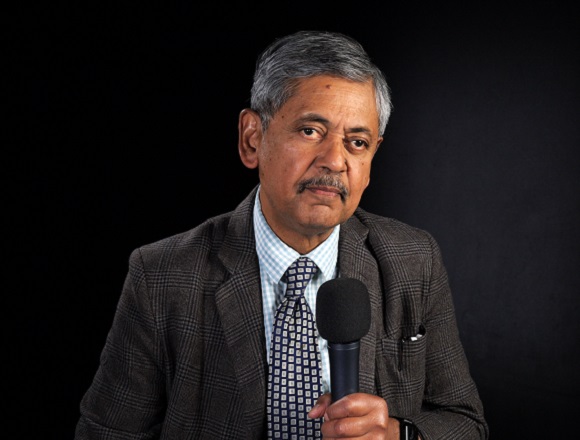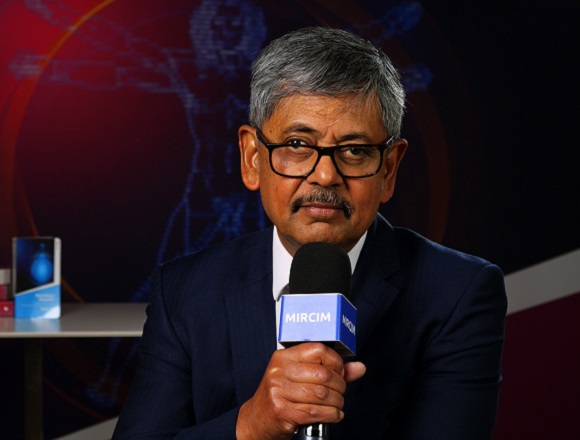Bhaskar Dasgupta, MB, BS, MD, is a consultant rheumatologist and head of rheumatology at Southend University Hospital, UK. He developed guidelines on polymyalgia rheumatica, giant cell arteritis, and the concept of point-of-care rheumatology ultrasound.
Can ultrasonography help us differentiate rheumatoid arthritis (RA) from psoriatic arthritis (PsA) in patients with early-onset arthritis?
I think that is a very, very useful question because I think that it can [help], and a major application of what I was talking about, point-of-care rheumatology ultrasound (POCRUS), is the differentiation of PsA from RA.
For example, one of the features of PsA is dactylitis, so you get swelling of the finger, and there are very specific ultrasound features that we see in dactylitis. For example, enthesitis of the extensor tendon insertion: we see the thickening and the vascularity in the pulleys, we see the peritendinitis. So, in the extensor tendons we see that the outer layer of the extensor tendons becomes inflamed. We see flexor tenosynovitis in psoriatic dactylitis, we see soft tissue inflammatory changes and, most importantly, in patients who have nail changes and distal interphalangeal (DIP) joint involvement in PsA, with ultrasound you can actually see the inflammation and the vascularity in the nail bed. Of course, the nail bed is anchored as part of the entheses. Then, we can see peripheral enthesitis, for example, in the tennis elbow–type of presentations, on the Achilles tendon, etc.
There are many, many ways that we can clearly differentiate PsA from RA just by the application of POCRUS.
 English
English
 Español
Español
 українська
українська








